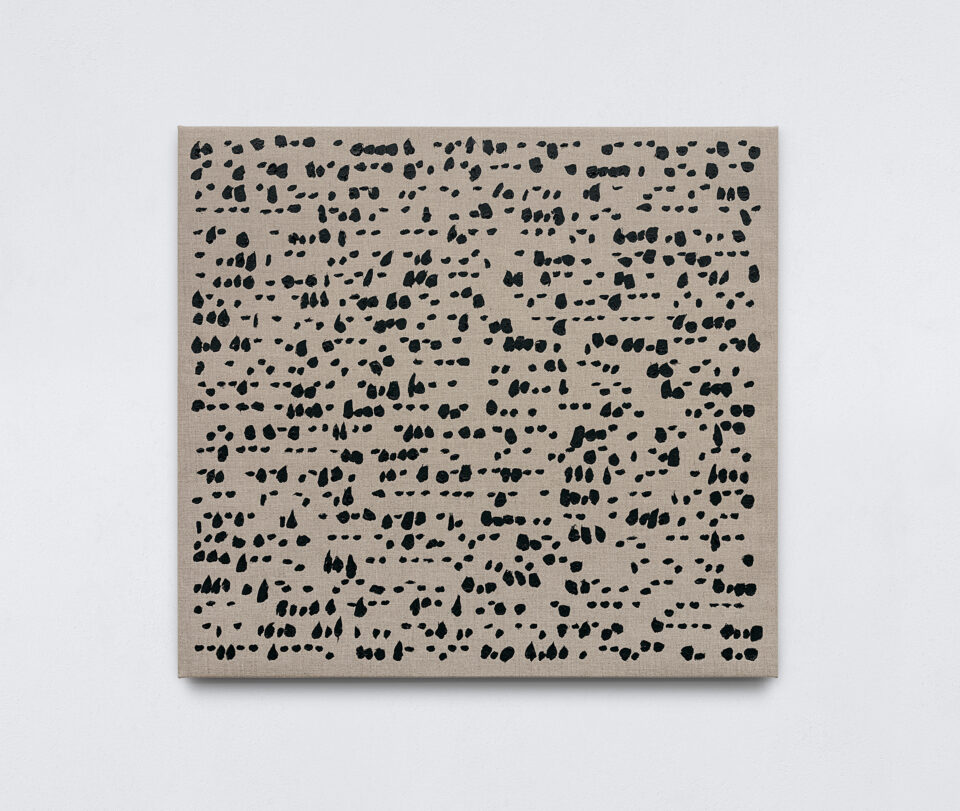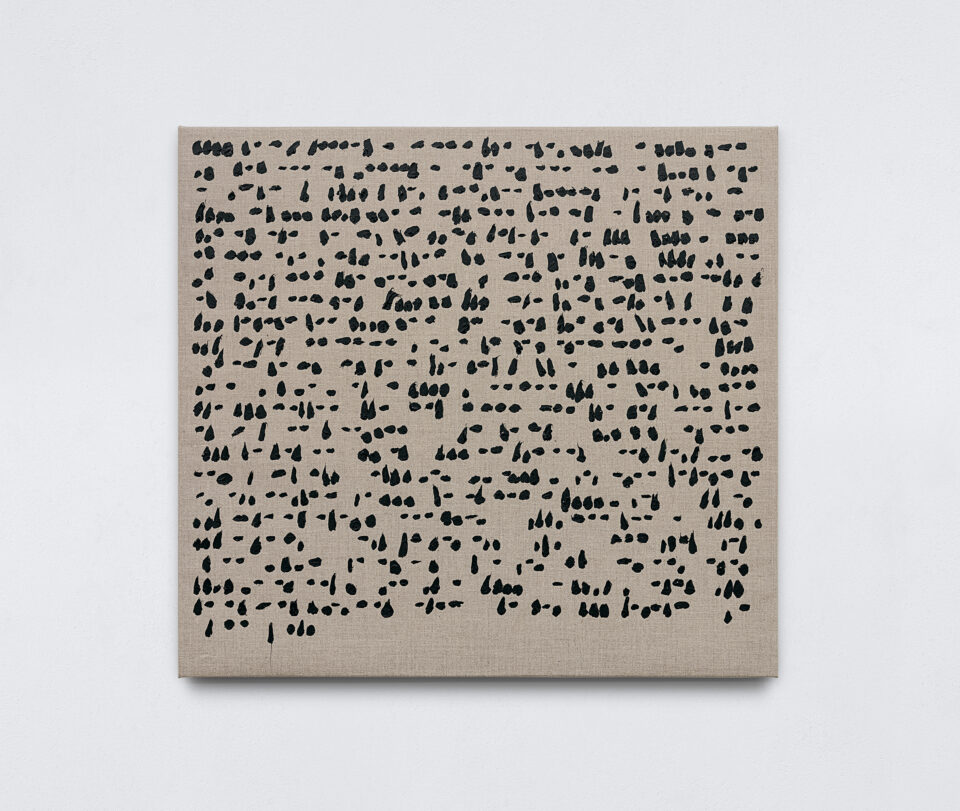Finley Morse: Messages of Unfulfilled Ambition
By his own estimation, Samuel F. B. Morse’s greatest failure was never becoming a prominent artist in the style of the celebrated European masters whom he admired so much.
Morse’s life, although far-ranging in scope, (he worked as an artist, professor, politician, minister, photographer and inventor) can generally be divided into two halves. The first was that of the ambitious young artist who desired nothing more than to become a sought-after painter of dramatic historical or mythological scenes, which at that time were considered by the cultural elite to be the highest form of artistic expression. His second life was that of a no less ambitious inventor who indeed did inscribe his name in history by developing an electric telegraph system that eventually spread worldwide and changed both lives and society.
Finley Morse: Messages of Unfulfilled Ambition includes a photograph of the prototype telegraph device that Samuel Morse built in 1837. Beyond serving as a valuable historical record of this original apparatus, the photograph captures a unique moment in the life of Samuel Morse when his careers as an artist and inventor still coexisted and were, however oddly and incidentally, informing each other.
This transitional phase of his life and the dual creative thinking that accompanied it is clearly revealed in this photograph where one can see the canvas stretcher that Morse used as a base frame for his telegraphic device. Although this particular implementation of his idea may have been only coincidental and done out of convenience – it was perhaps considered by Morse to be a useful support that just happened to be lying around in his NYU studio at the time. Still, it is hard to deny its symbolic significance today. As Dieter Daniels and others have suggested, it is tempting historically to see the canvas stretcher as a poignant symbol of Morse’s failed career as a painter.
Displayed alongside the photograph is a series of oil paintings. The oil marks scribbled on these different paintings (their sizes replicating those of the stretcher in the photograph) are actually the Morse code translations of the many letters and journal entries that Morse wrote to discuss his thoughts and feelings on art, communication, and, most of all, failure.







